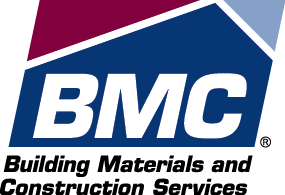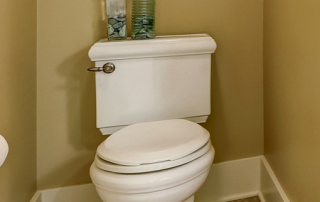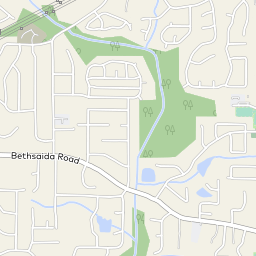Plaster mesh is used to form an internal skeleton layer of putty and plaster. Due to changes in humidity and temperature and some other pressure, this plaster mesh gives good protection for the plastering layer area. plastering mesh is generally high resistance to wear and having the ability to withstand heavy loads. Generally, it is used for internal and external, it is productively used in the installation of thermal insulation, self-leveling floors, acoustic insulation materials, separation of heterogeneous layers, waterproofing, and the junction of the walls doorframes. Facades of building and structure are protected with the help of plastering mesh. Some other meshes are perfectly used for doorframes and windows are connected to the wall like fiberglass and plastic mesh, they are also used for the wall that adjacent to the ceiling or floor.

Differences in plaster mesh
Different methods of plaster mesh are available in this world. They are welded wire mesh, chain wire, galvanized chicken wire mesh, fiberglass cloth, fine woven wire mesh, light type expanded metal, and plastic netting mesh. These types of plastering mesh have various mechanisms and also physical properties. With these properties, only its worth is defined. For some work, some other plastering mesh is only suitable not all. So that each mesh is suitable for each work. Customers only choose accurate mastering mesh for their work. Some works suit only such plastering mesh that is listed down.
Reinforcing plaster is perfectly suited for the restoration and reinforcement of brickwork and existing plaster. Another one is fiberglass cloth is purely made up of glass with fiber and is impregnated with alkaline dispersion. It increases from resistance till it reaches tearing. It also has high durability, longevity, and reliability and it is more effective when customers using it for quick dry finishing mixtures. The key element in the mesh is surface density that is very important for plastering mesh. If front wall plastering mesh differs from 160 to 320 sq.m. Generally lower floors will be used by maximally dense, it is a high rush for both intentional and natural damage to front elevation. Plaster mesh is perfectly suited for both finishing work and internal construction with the density varies of 110 to 150g/sq.m. To reinforce walls masking fiberglass begotten any artworks like painting and putty works, the needs of mesh is extremely small. Mesh performance does not only depend on size and material but also on the opening shape of the mesh. Light type mesh metal which is in the shape of a diamond hole is unneeded for work in plastering. And its holes in diamond shape give almost grip to plaster later. It is more used in the installation of heating on the underfloor due to its excellent characteristics. Welded wire mesh is produced by rods that are used for weldings and its wire is used for plaster works manufacturing, but it is compared to other types of metal. It is mostly used for the production of cages and fences in livestock and poultry. Different values of thermal expansion with the layer are only with metal plates mesh. This mesh has a hexagonal shape and woven structure, chicken wire is more acceptable for plaster while compared to other mesh-like expanded metal and welded wire mesh




